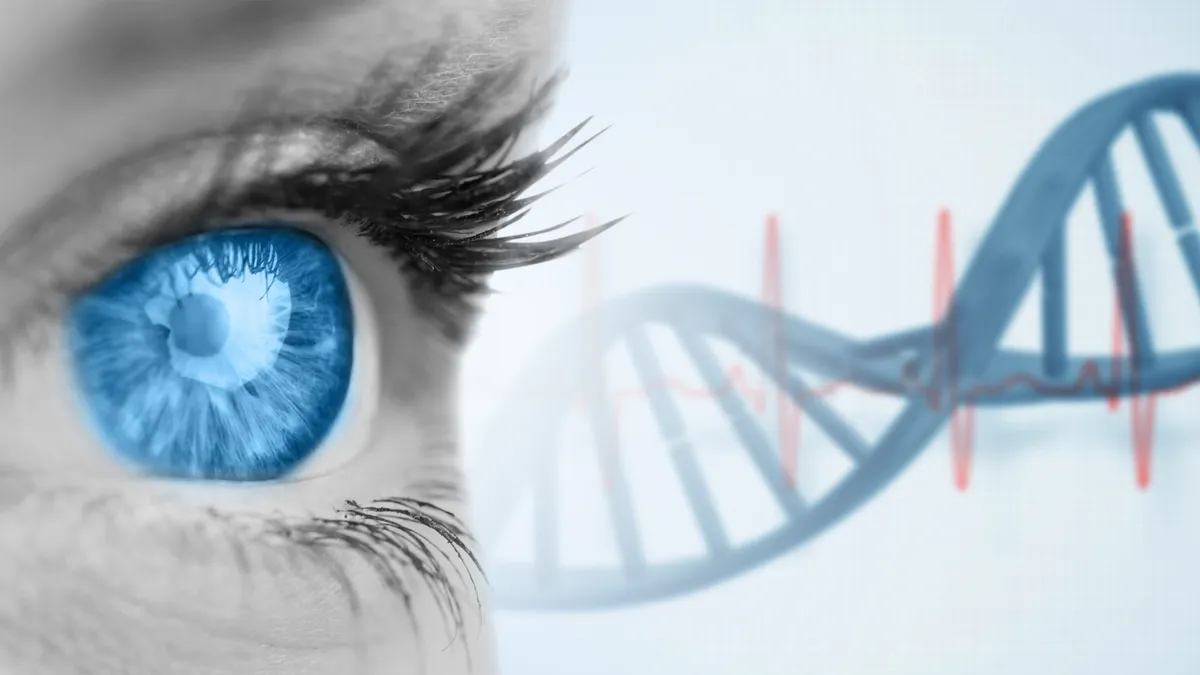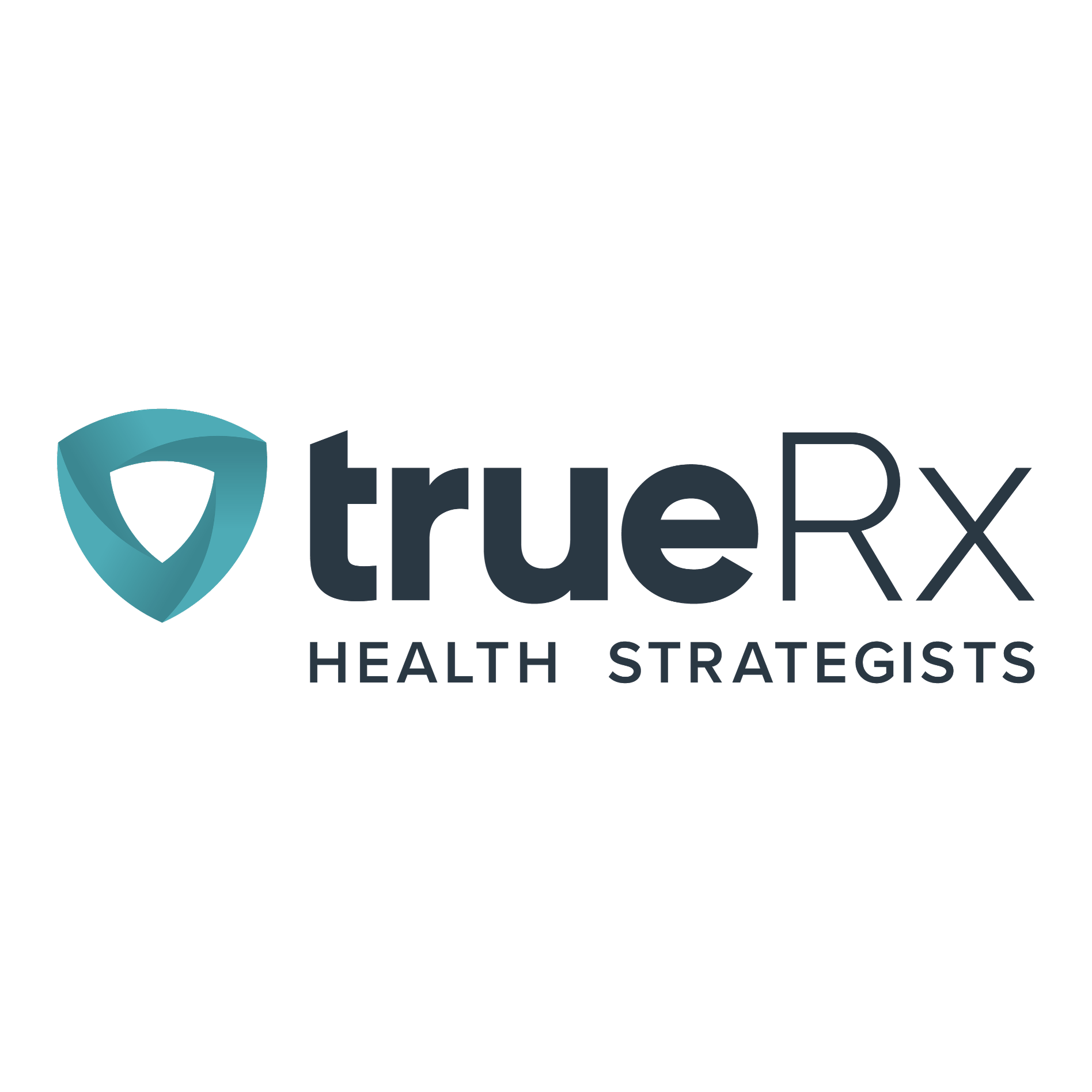Recent positive results from 4D Molecular Therapeutics have turned up the heat in a quest to deliver a transformative gene therapy for a huge target in the field.
Last week, the company revealed that interim data from a mid-stage study for macular degeneration showed a “robust and durable” response to a gene therapy CEO David Kirn called “potentially paradigm shifting.” The results will tee up the launch of a pivotal phase 3 in a race to bring a wet AMD gene therapy to bear.
The AMD market — including “wet” and “dry” versions of the degenerative eye disease — has long been dominated by Regeneron’s blockbuster Eylea. But times have changed. Despite scoring an FDA nod for a higher-dose version of Eylea last year, the drug is increasingly losing AMD market share to surging sales from competitors like Roche’s Vaysmo. And patent disputes have failed to keep Eylea biosimilars from their determined march onto the field.
The injections needed for Eylea have also left plenty of room for less invasive treatments. Now, potential one-and-done gene therapies for wet AMD are poised to offer that kind of major disruption to the treatment landscape.
Among 30 patients in 4DMT’s mid-stage study of 4D-150, the need for standard injections plummeted by 89%, and after 52 weeks, 70% were injection-free. Injection rates also fell in severe cases by 83% and were even better in earlier-stage patients (98%).
Like other wet AMD treatments, 4D-150 is designed to block anti-vascular endothelial growth factor — in this case with a dual-acting shot of aflibercept, Eylea’s active ingredient, and an RNAi molecule. The company is also investigating 4D-150 in diabetic macular edema as part of its broader pipeline that spans three therapeutic areas.
If it ultimately lands on the multibillion-dollar wet AMD market, it could quickly be staring down fierce competition.
A potential showdown
Regenxbio and AbbVie solidified their slight lead in the wet AMD gene therapy arena this spring when the partners published two-year results from a phase 1/2 study of their ant-VEGF treatment dubbed ABBV-RGX-314. With data in hand, Regenxbio has set the stage for a key phase 3 trial.
“This pivotal program is enrolling 1,200 patients with wet AMD around the world [and] is the largest clinical development program ever conducted for in vivo gene therapy,” the company’s chief medical officer, Dr. Steve Pakola, told PharmaVoice in April.
Notably, the mid-stage study evaluated the candidate using subretinal delivery — what Pakola called the “traditional gold standard” for administering retinal gene therapies. But this delivery route is just the first for ABBV-RGX-313, Pakola said.
“One aspect of subretinal delivery is, although it’s the most validated way to deliver gene therapy safely and effectively, it does involve a surgical procedure before you actually inject the gene therapy,” Pakola explained. “Our view was to expand optionality — wouldn’t it be great if you could have a one-time gene therapy [that you] actually could do in the clinic?”
With that goal in mind, the companies are also testing a suprachoroidal delivery approach in mid-stage trials that could provide an easier, in-office option.
Although the late-stage trial is still enrolling, Regenxbio hopes to start U.S. and EU regulatory submissions by late next year.
Industry upstart Adverum Biotechnologies also has a mid-stage contender in the running.
In its second-quarter earnings published last month, the clinical-stage company boasted its positive interim analysis of lead gene therapy candidate Ixo-vec in wet AMD. After 26 weeks, 76% of patients were injection-free, the company stated.
Adverum is aiming to launch a phase 3 trial in the first half of 2025.
Even with clear data, FDA approval won’t guarantee market success. In particular, the high price tag and manufacturing complexity associated with gene therapies have led to sluggish uptake for many other approved gene therapies.
But Adverum CEO Laurant Fisher recently told BioSpace that the wet AMD market is “unique” in the gene therapy space. Rather than generating multimillion-dollar drugs that treat thousands of patients, Fisher predicted gene therapy developers could deliver drugs that cost tens of thousands and treat millions.












